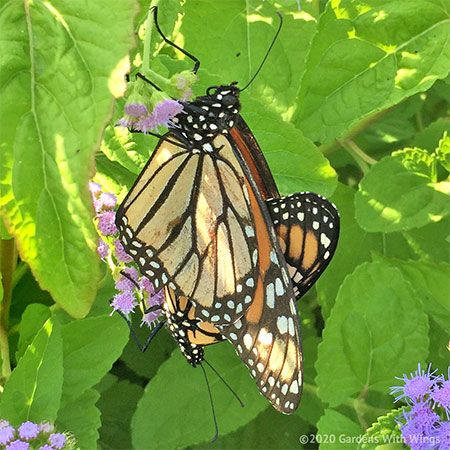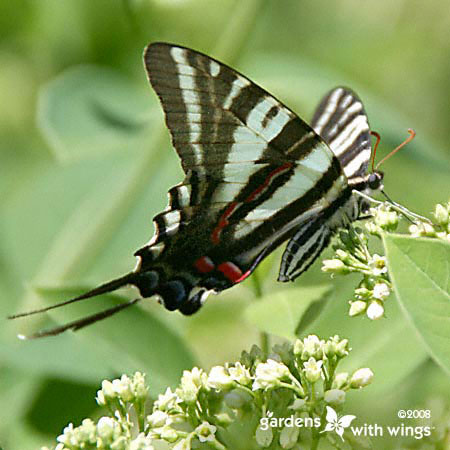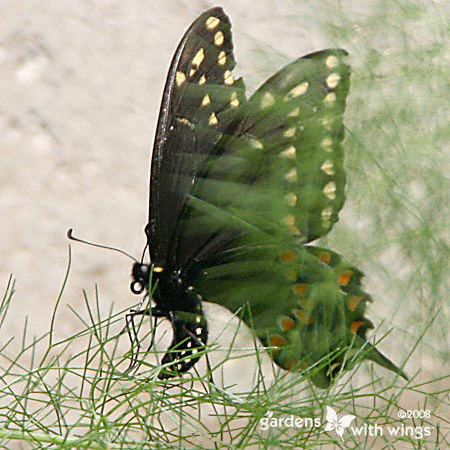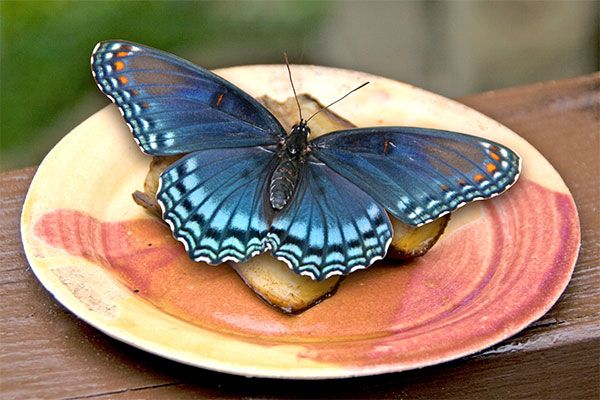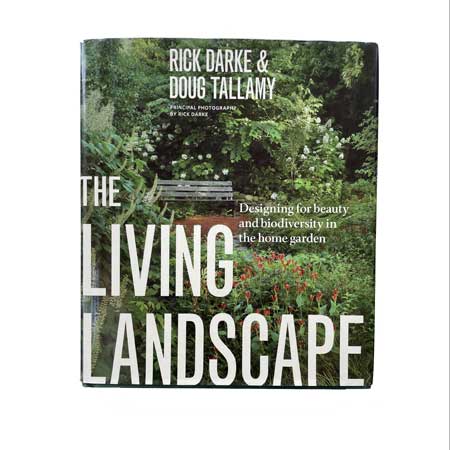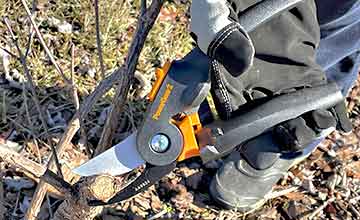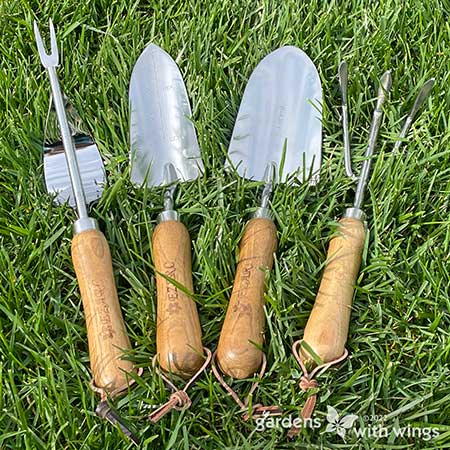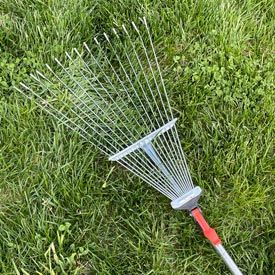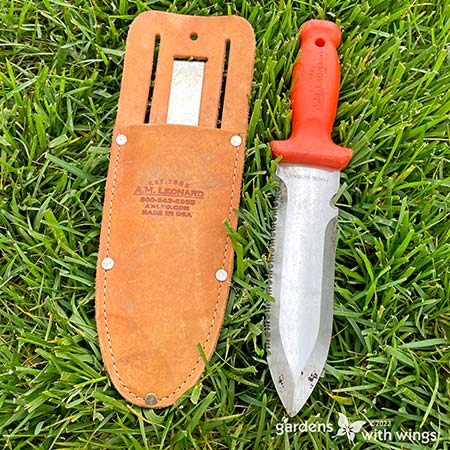Butterfly gardens come in all shapes and sizes. Yours can begin in a pot on a patio, a flower box, a raised bed with a watering system, or a new in-ground bed. Or you can dedicate part of an existing garden to butterflies.
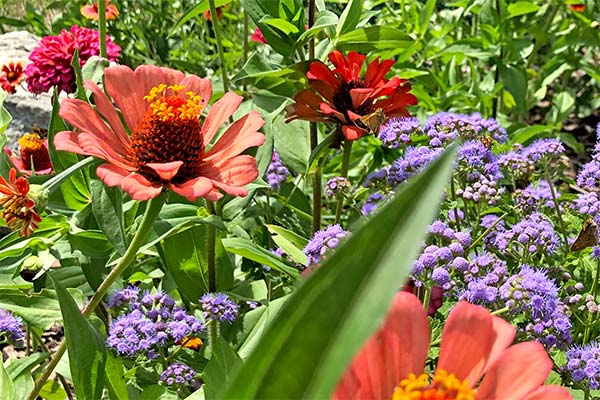
Below are steps and tips to help you decide where to begin. Whether you start small or go with a large master plan, remember to have fun!
What Butterflies Can I See In My Butterfly Garden?
Some butterflies visit many states while others stay in specific locations. Use our Zip Code locator to see a list of the butterflies that fly in your area and a list of the plants you’ll need to include to attract them. The plant list will be based on your USDA Plant Hardiness Zone.
If you are new to butterfly gardening or want to start small, you may want to select just a few butterflies at first. Choosing a few butterflies will keep your plant list more manageable. You can always add more plants later to attract more butterflies.
What Plants Are Best To Include In My Butterfly Garden?
The plant list result from the Zip Code Locator will show you both the host plants and the nectar plants you’ll need for each butterfly you wish to attract.
Female adult butterflies need host plants to lay their eggs. Once the eggs hatch, the caterpillars will remain on the plant eating. the leaves (and sometimes the stems) until they are large enough to leave to form their chrysalises.
Read more: How to Find Butterfly Eggs
Adult butterflies need nectar plants to feed on for energy for flying and mating.
If you include host and nectar plants in your garden, you increase your chances of seeing many colorful butterflies come and go as they feed on the nectar plants you’ve provided. You will also be able to witness the miracle of a butterfly’s entire life cycle – complete metamorphosis – in your backyard!
Are Some Nectar Plants Better Than Others?
We focus on including native nectar plants in our butterfly gardens since they tend to be hardier, requiring less maintenance and care than non-natives. Also, many butterflies and other pollinators prefer certain native plants over non-natives.
To keep a steady stream of color and butterfly visitors to your garden all season long, you’ll want to include a variety of plants that bloom at varying times. And by planting the flowers in bunches, you’ll help butterflies see them from a distance.
Learn more about how to select plants for your butterfly garden in our article on ‘Perfect Flowers for Butterfly Gardens’, which covers choosing the perfect flowers for butterfly habitats.
Do I Need Host Plants In My Butterfly Garden?
Including host plants in a butterfly garden is the best way to see more butterflies. We always grew flowers in our gardens, but success and joy came once we started including host plants.
Read more: How to Find Butterfly Caterpillars
Butterfly Fun for Little Explorers!
No products found.
Once we learned which butterflies live in our area, we began adding the host plants for those butterflies. And you know what? The butterflies started visiting!
For our first garden, we planted Milkweed for Monarchs, Pawpaw trees for Zebra Swallowtails, and Fennel for Black Swallowtails. Soon these three beautiful butterflies were flying in our gardens.
As we continue to add more host plants to our gardens, we see butterflies that we didn’t previously see. We’re always amazed when they find their host plants!
Other Ways To Attract Butterflies
Along with plants, there are other ways to attract butterflies to your garden. Some species, such as the Red-spotted Purple, like to nectar on rotten fruit, such as bananas, peaches, or oranges left out on a plate. Question Marks and Commas enjoy sap from evergreen trees.
You can also encourage butterflies to stick around by including areas for puddling and basking.
More Tips for Starting Your Butterfly Garden:
- Four Basic Tips for Starting a Butterfly Gardening
- Butterfly Habitat and Survival
- Importance of Soil Preparation
Last update on 2025-12-18 / Affiliate links / Images from Amazon Product Advertising API
